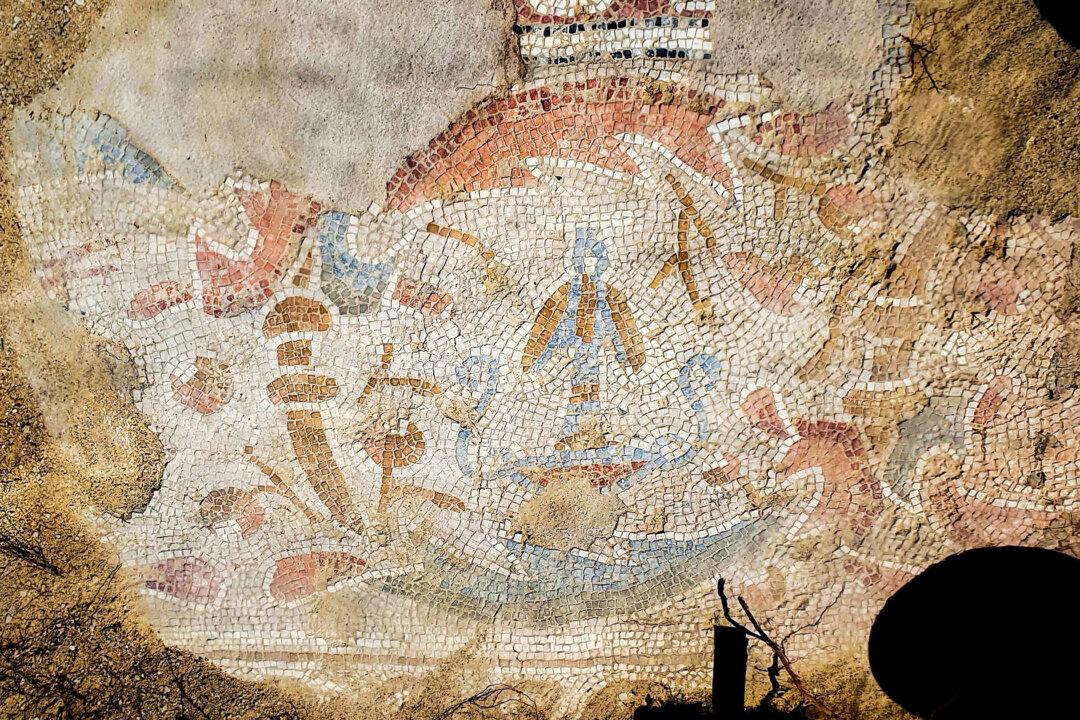A decades-old discovery of ruins bearing biblical significance was re-excavated this past summer. After being reburied once previously, a number of antiquated structures, including a church and extravagant mosaic, were exhumed in a joint Israeli military-antiquities conservation undertaking.
Twenty years ago, a pair of Israeli researchers unearthed an ancient ecclesiastical site at Horbat Hani, in the foothills east of the upscale, then fledgling settlement of Soham.






